Fitness Advice That Doesn't Work
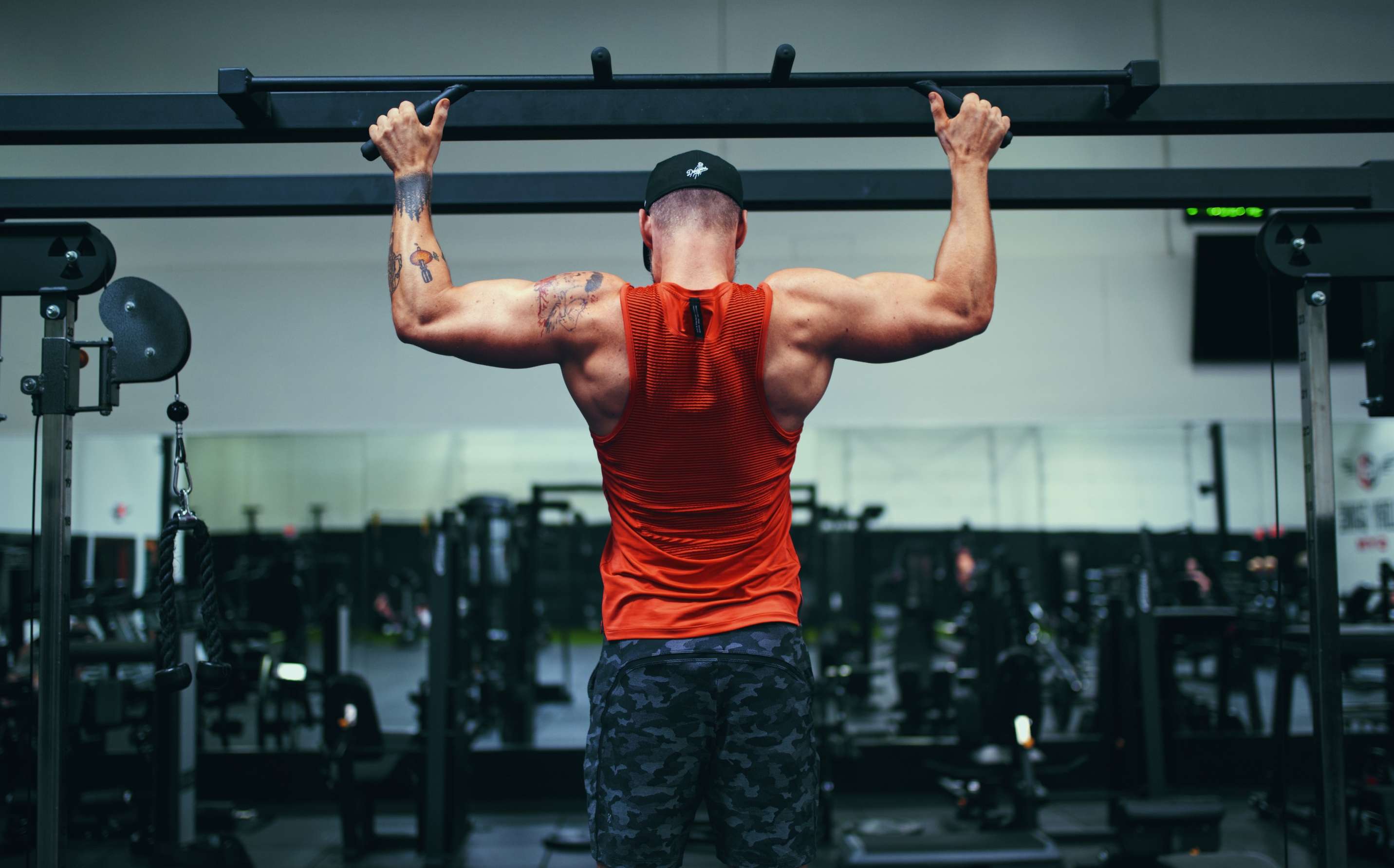
'I'gnore bad fitness advice to make the most out of your time at the gym.
You can’t walk into a gym these days without hearing someone spout “surefire” exercise tips. But
with all the bad advice
floating around, teasing out the effective training tips from the fitness myths can be more
difficult than getting
through a grueling workout. To help you sort fitness fact from fiction, here is some of the most
common fitness advice
that doesn’t work — along with expert tips that do
Bad advice: Crunches are the best way to burn belly fat.
The reality: “Crunches cause your abdominal muscles to contract, which will increase their strength and endurance, [but] crunches burn very few calories,” says Michele Olson, PhD, a professor of exercise science at the Human Performance Laboratory at Auburn University at Montgomery in Alabama. You need to burn 3,500 calories to lose just 1 pound of fat, and doing 50 or more crunches won’t even come close to burning that much. A better workout tip: “A flat abdominal area with little fat covering the muscles requires a combined effort from an appropriate diet and other calorie-burning workout activities like jogging or spinning classes,” Olson says. The takeaway? Combine cardio with ab-strengthening exercises and a healthy diet, and you'll have a flat belly in no time.
Bad advice: A long treadmill run is the best workout.
The reality: Variety is the mark of a good workout, not hours spent doing the same thing. “Mix it up, even in the same workout,” says Michael Maina, PhD, an associate professor of health and human performance at Roanoke College in Salem, Va. “Spend five minutes on the treadmill, five minutes on the stair climber, and five minutes on a rowing machine.” A varied workout is more motivating, and you’ll gain extra benefits by changing up the muscle groups you’re working.
Bad advice: Working out in extreme heat burns more calories and fat than the same activity in a lower temperature.
The reality: Hot yoga might be all the rage, but that doesn’t mean these workouts are high-octane calorie burners. “You will burn the same number of calories doing a series of sun salutations or other yoga moves regardless of the temperature of your environment,” Olson says. “Fitness and calorie expenditure come from moving your body weight against gravity. The resistance from gravity does not change the intensity of your workout when temperatures change.”
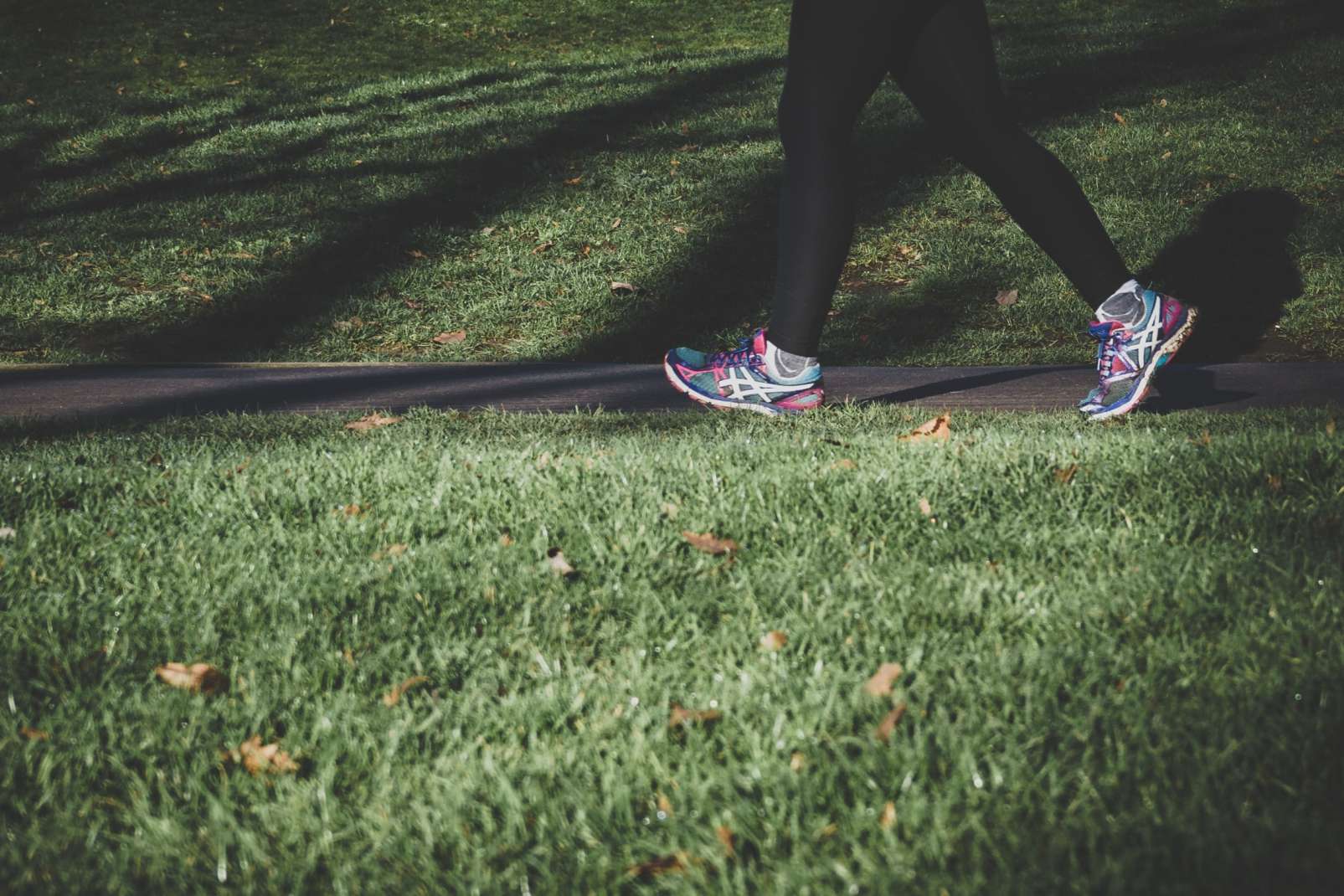
Bad advice: All you need for a complete exercise program is cardio and weights.
The reality: “Fitness is actually measured in five dimensions: strength, speed, agility, endurance, and flexibility,” says certified personal trainer Amanda L. Ebner, MA, MEd, a FitOrbit.com Top 10 Trainer. “If you focus only on the old-fashioned cardio-and-weights duality, you will miss out on some amazing workout alternatives, such as power lifting (strength), high-intensity interval training (speed), team sports (agility), marathon/triathlon training (endurance), and yoga (flexibility).” Among her tips: Try to identify the areas of fitness in which you are weakest and take up a workout activity targeted at building those missing skills.
Bad advice: Weight machines prevent injuries better than free weights.
The reality: “Weight machines are generally designed based on the dimensions of the average-sized male, which can place your knees, back, and shoulders into positions where muscles are not pulling at the proper angle,” Olson says. “This can harm your joints.” She adds that one advantage of using free weights for the strength-training portion of your workout is that you can lift, press, and curl them with your natural range of motion. Another tip: “Free weights also engage more of your spine-supporting core muscles and help improve balance, preventing common lifestyle muscle pulls, joint strain, and falls,” she says.
Bad advice: No pain, no gain.
The reality: No reliable fitness tip should advocate true pain as part of workout success. “There is a difference between being a little sore and being injured,” Maina says. “You should feel a slight fatigue or mild discomfort following a good workout, but you shouldn’t feel so sore that it affects your daily functioning.”
Bad advice: Static stretching will always prevent injuries.
The reality: “Stretching cold muscles, tendons, and ligaments can actually harm them since they are relatively stiff to begin with,” Olson says. “Instead, warm up your muscles at the beginning of a workout by doing dynamic movements, such as walking briskly for five minutes, performing half-squats with just your body weight, and marching with high knees. These activities will increase circulation of oxygen-rich blood to your muscles and literally warm them — increase their metabolism, which produces heat. Save static stretching for the cooldown part of your workout, when your muscles are very warm and extensible.”
People Also Read:
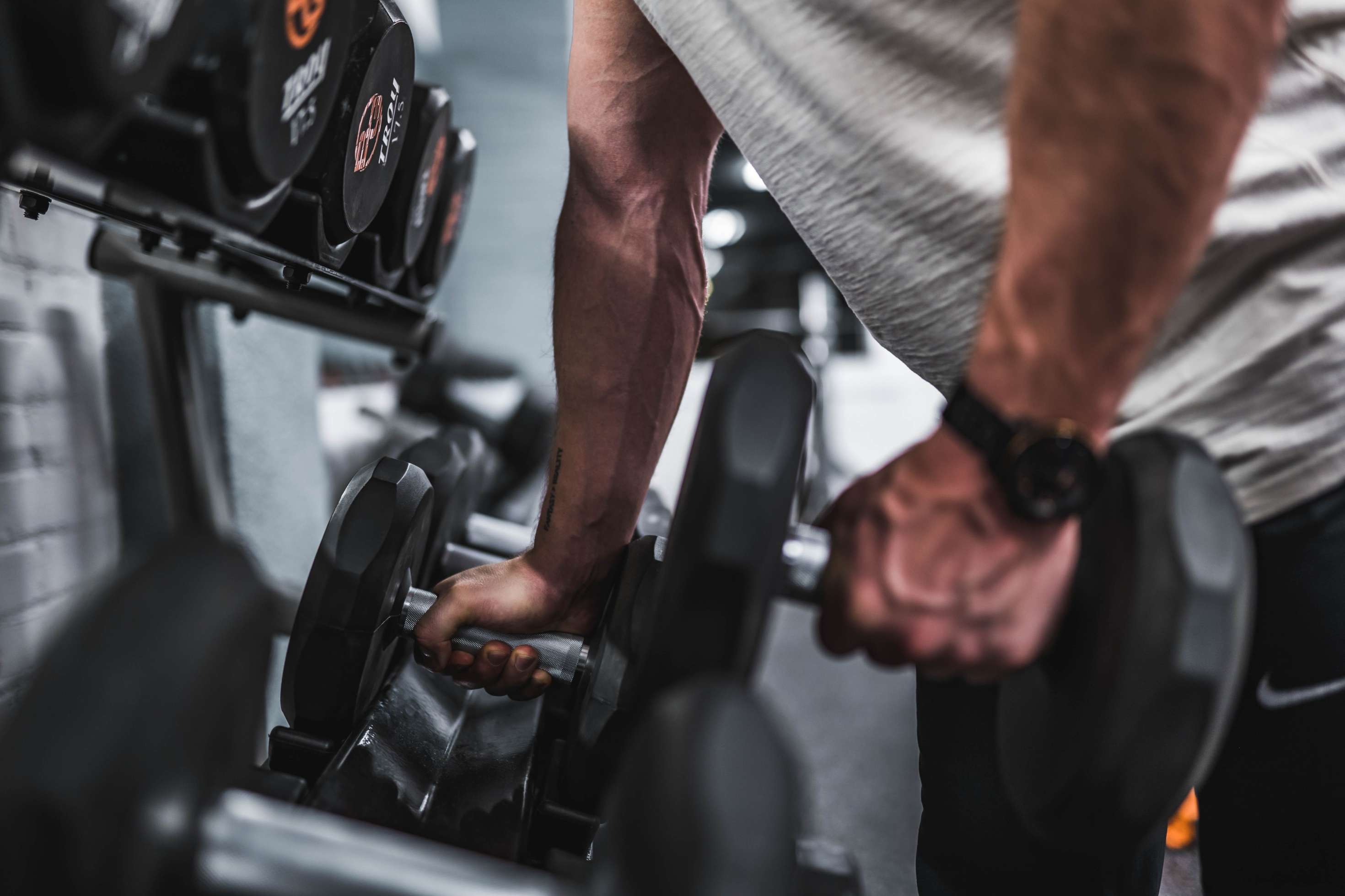
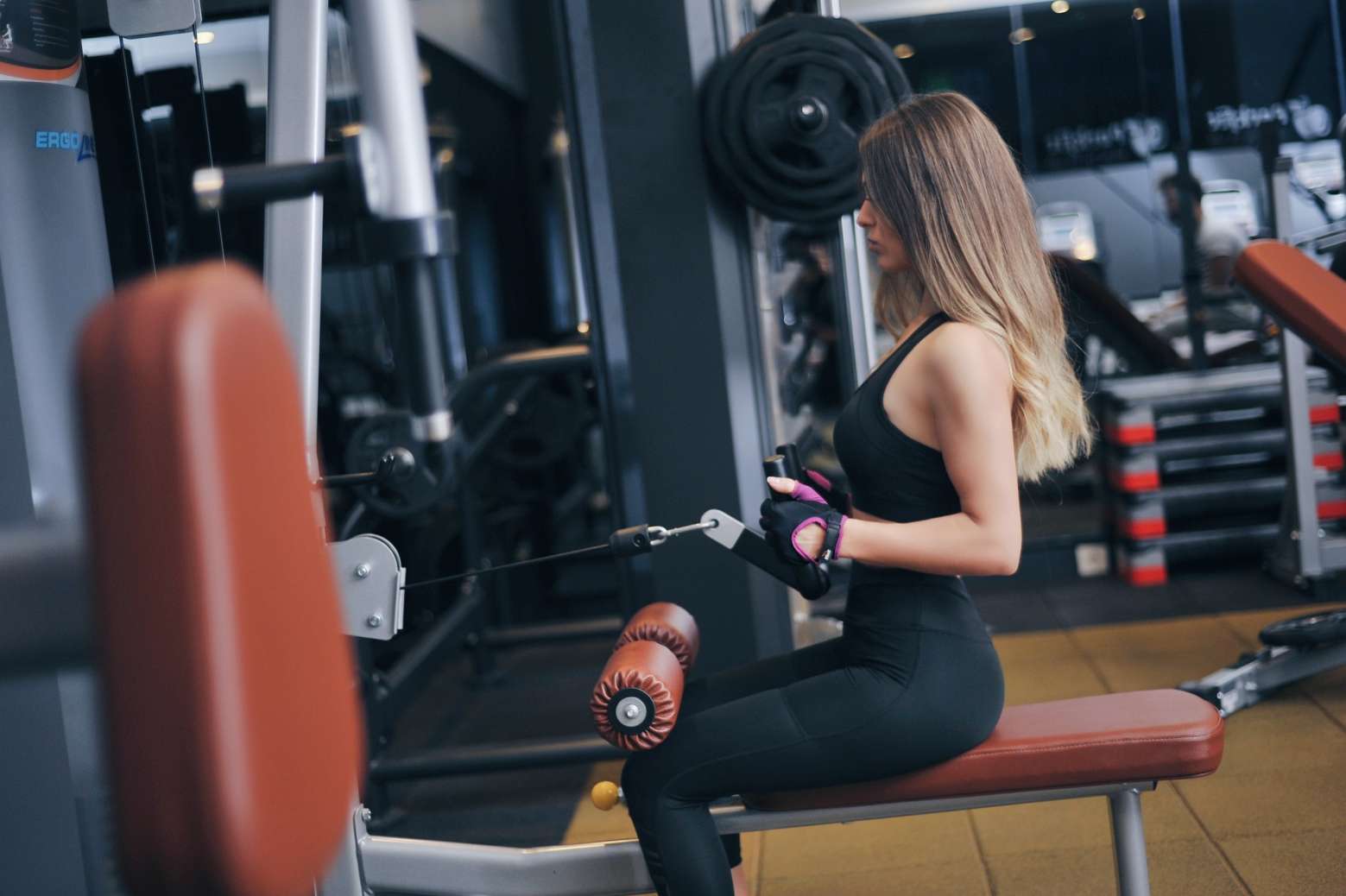
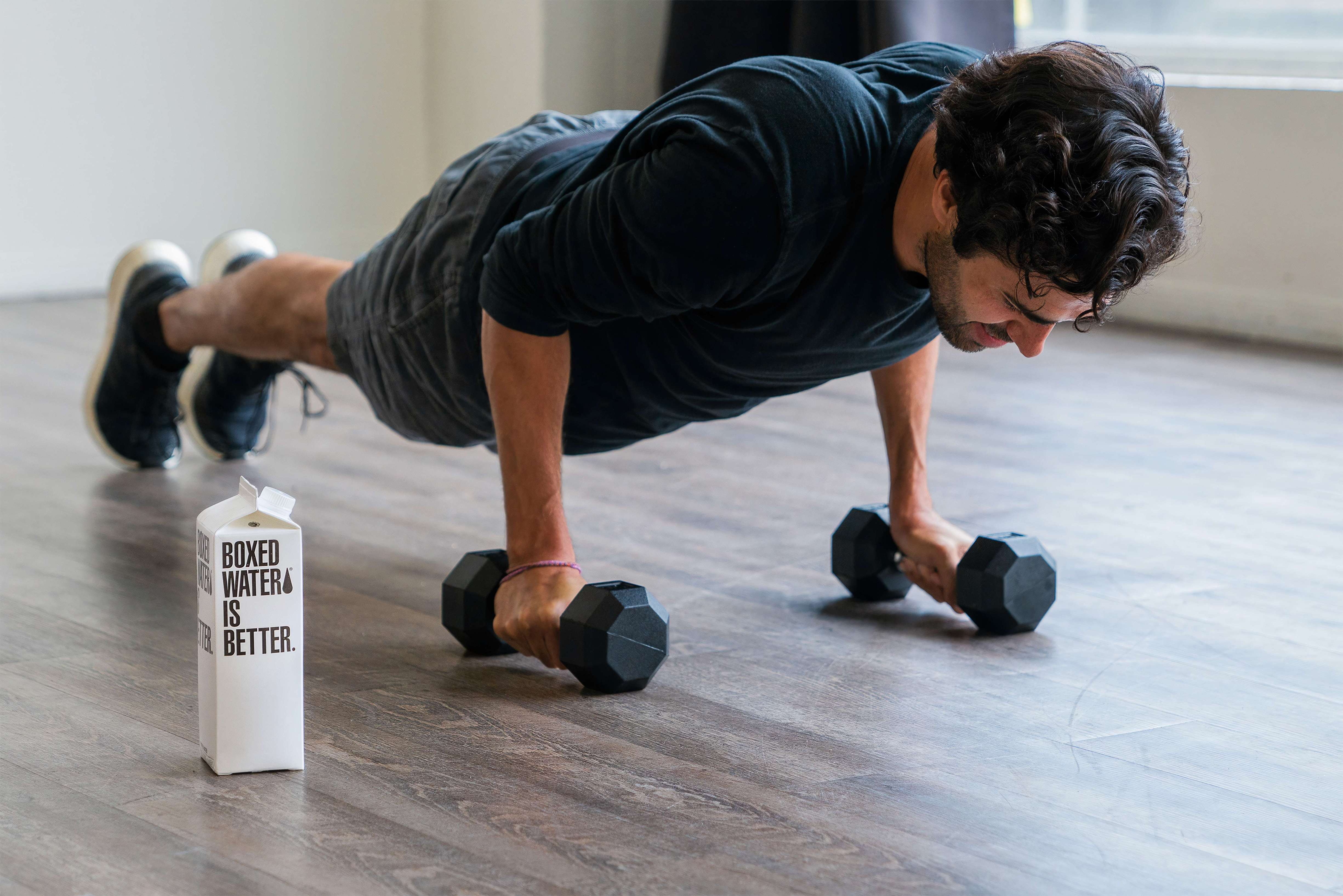
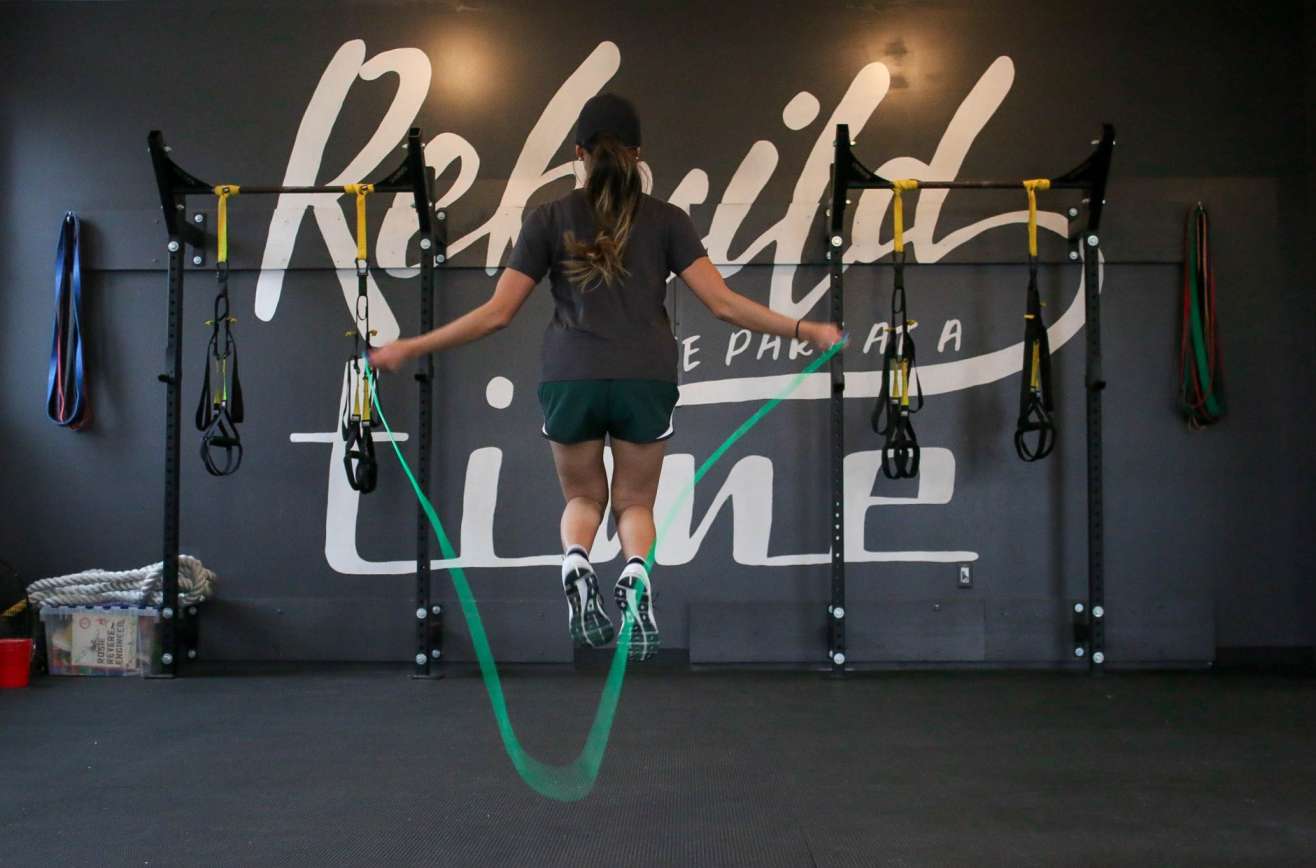
7 Surprising Benefits of Exercise
'Y'ou probably have a vague sense that exercise is good for you—and you’ve probably heard that it’s “healthy for the heart.”
The Mental Health Benefits of Exercise
‘Exercise is not just about aerobic capacity and muscle size. Sure, exercise can improve your physical health and your physique,’
Why Exercise Is Wise
You've probably heard countless times how exercise is "good for you." But did you know that it can help you feel good too?’
Bite-sized exercise breaks
Exercise snacking differs from HIIT in both the duration of the activity burst and the time in between.’